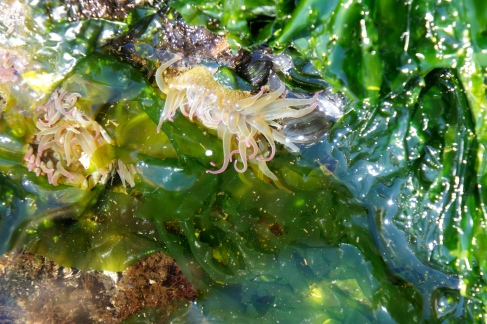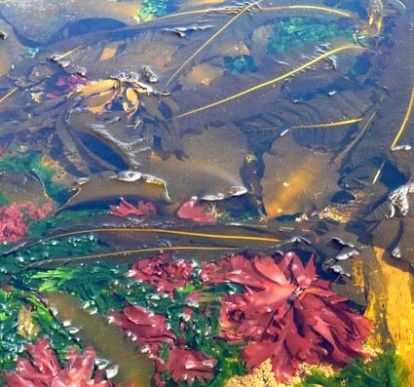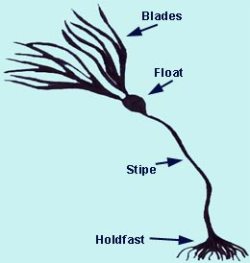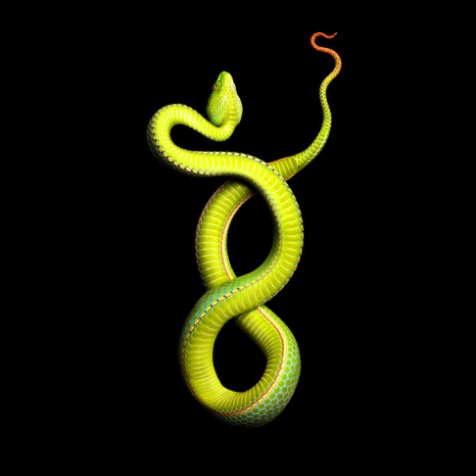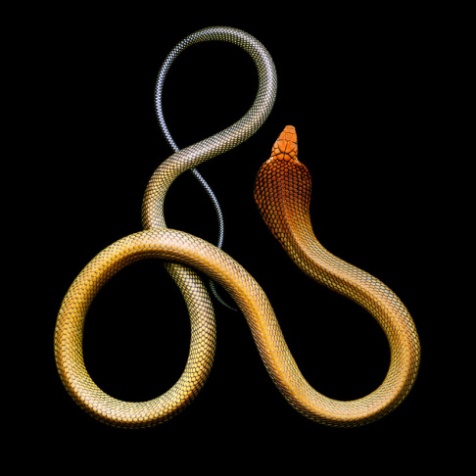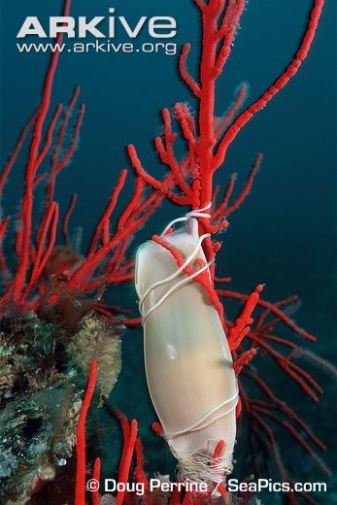I know you were all right on the edges of yours seats waiting to hear about the life cycles of seaweed so I will get right to the point. Here is also where I get to clarify things I learned way long ago but didn’t look at again because I’m not a botanist.
I know many of you are still reeling from yesterday’s revelation that algae are not and have never been a member of the Communist party Plant kingdom. But you’ll have to sit down and clutch your pearls again because I have more news (“news”). Now I must tell you that all plants and many algae display alternating generations. “What is that?” you ask, “Where did I get these pearls I am now clutching??” you exclaim. All will be answered in due time. The phrase ”alternating generations” indicates that the plants or algae alternate haploid and diploid generations. So one generation has double chromosomes (one set doubled, like you’re supposed to) the next has only half/one set of chromosomes (like gametocytes, that is, cells like sperm or eggs, are supposed to). So you have one organism with the appropriate number of chromosomes (2n, with n being one set of a given number) that produces spores to grow into ANOTHER organism with half the chromosomes of its parent (n chromosomes), which in turn produces sperm or eggs to help produce a new, diploid generation. The haploid generation producing the sperm and eggs may be a distinct organism or it may be closely associated/attached to its diploid parent (although subsequent diploid generations will not be). OK, this explanation is all well and good for biologists, but how can everyone else understand it?
First, look at this diagram:
Now stick with me for a very bizarre analogy. Imagine your reproductive bits are not an organ. You produced them, they are a part of you (they’re attached to you, anyway), but you can’t control them directly. They are their own entity. Creepy, huh? That is how MANY plants and algae function, they grow their haploid generation on the diploid generation. Now for the REALLY weird part: imagine those reproductive bits DO NOT remain a part of you. Once you have grown them, they live freely. That is how other plants and algae live. To summarize both: the children are like the sexual organs and the grandchildren are new organisms. This system seems confusing, but it does help weed out deleterious genes (haploid generations being more vulnerable to the effects of bad genes) while still allowing for either self-fertilization or non-self-fertilization (plants and algae can effectively mate with themselves or other, unrelated plants and algae). Advantages to self-fertilization would be preventing introduction of bad genes while non-self fertilization means the possibility of BETTER genes being introduced. Basically, all the options are still available, so it’s a win-win situation.
I hope that all makes some (albeit VERY WEIRD) sense. Let me know if it doesn’t. I’d like to do another algae-related thang, but I just had some projects come up so WE SHALL SEE.
Source
–. 2010. GRE Subject Test: Biology 5th Ed. Kaplan, New York.
Photo credit Pearson Education.
